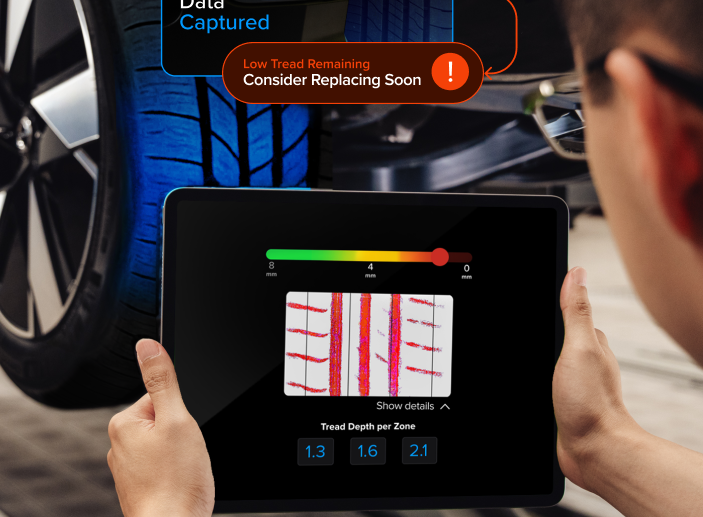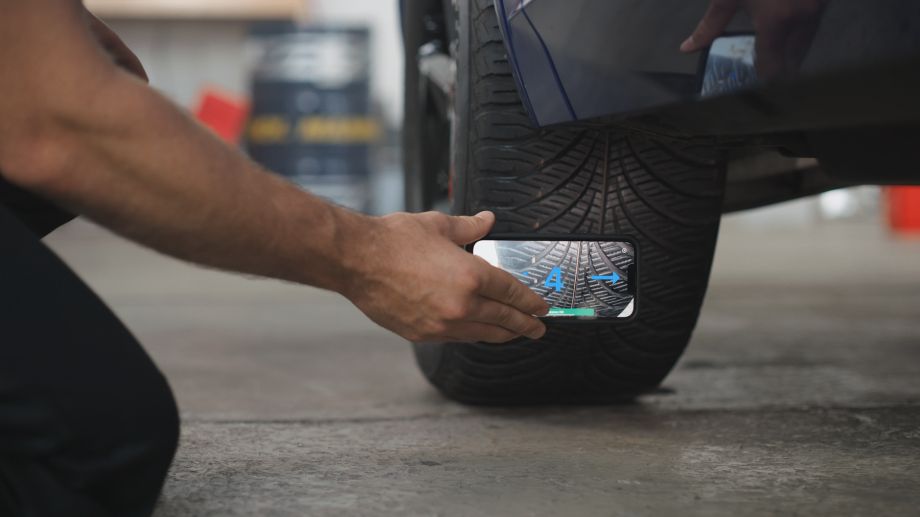
How OCR can help with the UK ban on old truck tyres
On the 1st of February 2021, the UK government issued a ban on old tyres for heavy vehicles. This applied to vehicles with a maximum gross weight rating greater than 3,500 kg. That includes trucks, coaches, buses, and minibuses. The ban came in the aftermath of a tragic accident back in 2012, in which three coach passengers tragically died as a result of a 20 year old tyre failing.
With new restrictions for increasing road safety come challenges for the owners of truck fleets. Keeping track of every tyre they own and use is no easy task.
Jump to key topics
Jump to key topics

What the New Tyre Ban Means
The new tyre ban has come into effect following an extensive investigation. The Department of Transportation conducted research on ageing tyres, which indicated that they can fail due to the corrosion that develops in them over time. Beginning in February 2021, it became illegal to put any tyre that was over 10 years old onto:
- A bus’s or coach’s front axle (which includes minibuses)
- A goods vehicle’s front axle (for gross weights over 3,500 kg)
- A minibus’s rear axle (for buses with single rear wheels)
If these vehicles have tyres that are 10 year-old or more, they won’t pass their annual tests. The tyres also have to display a date code, so trying to avoid the ban by not showing a date code won’t work either. To avoid fines and downtime, it is vital that the owners of truck fleets track the age of their tyres and don’t allow old tyres to be used.
The Challenges of Tracking Tyre Age
There are ways to prevent older tyres from being used on heavy vehicles, and the best way to do that is through good tracking. Fleet owners should register the tyre manufacturing date when they get the tyre, but checking the DOT/TIN regularly during maintenance is also vitally important.
In the past this would all be done manually by writing it down or putting it into a computer program. That’s a time-consuming method, though, and it’s also not consistent. Errors are common. Taking that level of risk isn’t safe, especially with the ban on older tyres now. If older tyres end up in use and something goes wrong there could be serious injuries or even deaths, along with lawsuits and other legal and financial problems.
How OCR Can Help When Checking for Tyre Age
With OCR (optical character recognition) technology, it’s easy to scan the characters and codes on tyres with any mobile device. Then that information can be digitized into the computer systems, so it’s clear that the data is correct. Tyre age is part of the information coded into the DOT/TIN. There are a lot of advantages for fleet owners and truck drivers with this technology, including:
- It’s fast, with instant scanning of DOT/TIN information.
- It has 99.9% accuracy, so there isn’t a chance for mistyping or misreading.
- It’s digitised, so the data can be transferred directly to the computer.
- It’s practical and can be used on mobile phones and other devices, along with being used when there’s no Internet connection.
How OCR Can be Integrated in Tyre Fleet Management
With Anyline OCR technology users are able to scan every tyre when it arrives. Those tyres are registered to the database for tracking of the manufacturing data. Searching for older tyres is easy, and it’s possible to get warnings when tyres reach a specific age.
Having Anyline SDK integrated with a fleet owner’s systems helps technicians scan tyres in bad conditions and offline, so there’s no risk of being unable to use the system. That means better labour management and comprehensive tyre logging based on the date of manufacture. This translates to risk reduction, and a higher level of safety and compliance on the road.

